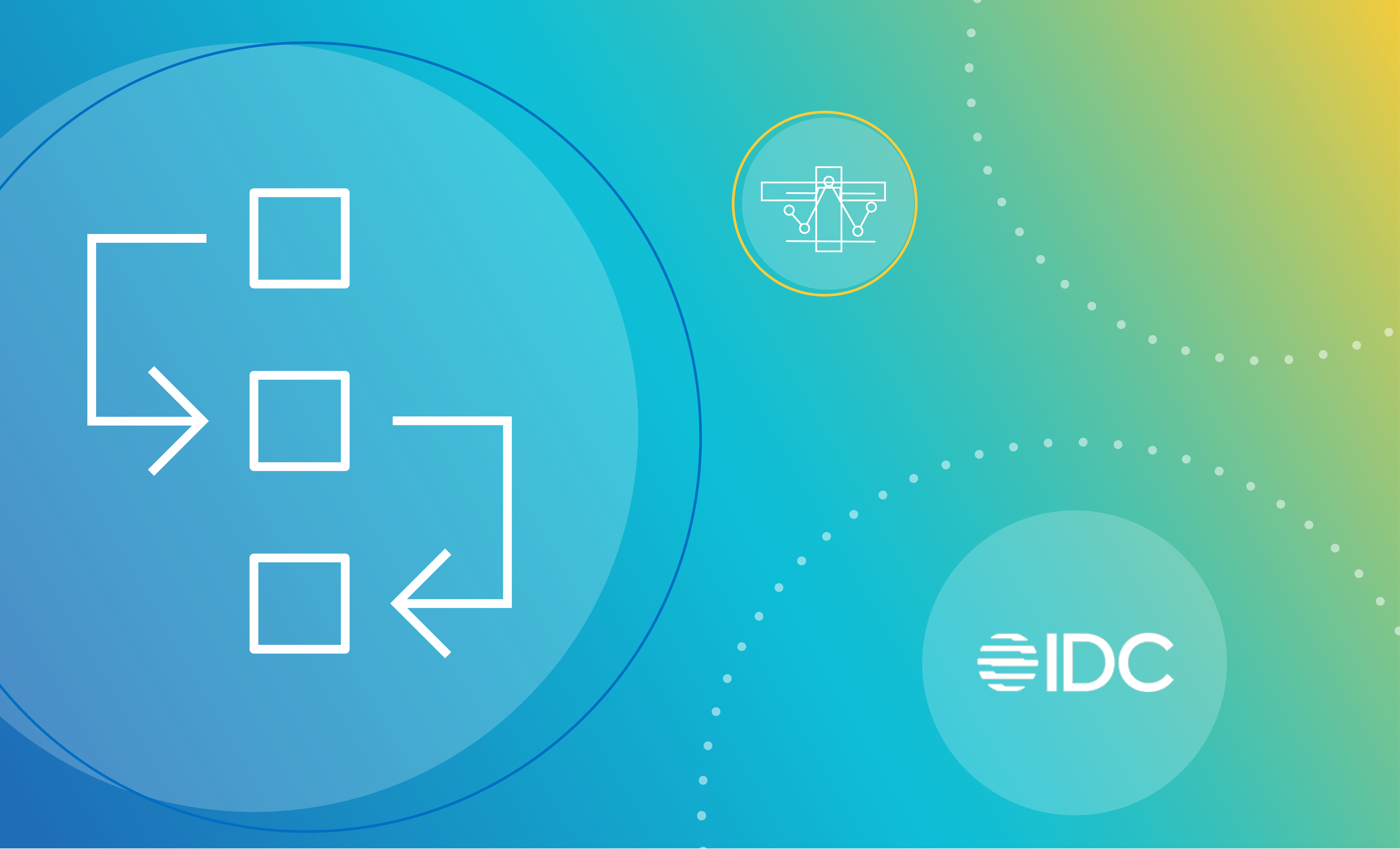Data governance is important because it brings meaning to an organization’s data. It adds trust and understanding to an organization’s data through stewardship and a robust business glossary, thus accelerating digital transformation across the enterprise.
Why is data governance important?
Data governance is about managing data and processes so data can be used as a consistent, secure and organized asset that meets policies and standards. Effective, enterprise-grade data governance does the following:
- Breaks down departmental silos
- Determines policies
- Supports the data stewardship process
- Shows how data is organized
- Aligns terms across the organization
- Connects technical databases and those terms.
Data governance is important because it goes beyond data management or master data management; it allows data citizens to access the right information and extract value from the data.
What are the benefits of data governance?
Effective data governance brings value to all team members across the organization. Data governance can address a number of use cases, but data governance brings value to these conditions in similar ways.
Data governance creates a shared language
Data governance allows teammates across departments to define business terminology, KPIs, rules, policies and more so everyone in the organization speaks the same language. By creating this shared language, organizations build a common understanding and leverage the same, consistent and trusted information.
Data governance brings people together to collaborate
Data governance provides a framework for collaboration through a shared language; teammates within and across departments can communicate using the same terminology and analyze the same data. Additionally, clarifying roles and responsibilities eliminates confusion and makes data processes and collaboration easy to follow.
Data governance makes data meaningful
Data governance brings context to an organization’s data.It enables teams to organize, document and evaluate the quality of available information assets. By defining terminologies, establishing controls, identifying responsibilities, and more, data governance makes sure all teammates have the context they need to trust data, access data, and develop valuable insights.
Creating a data governance plan
Now that you understand the importance of data governance, you need to understand how to put data governance into practice. As you begin to develop your data governance strategy, you should consider the following steps:
1. Acknowledge the disconnect between IT and the business.
Although IT supports your data needs as custodians, the business knows its data the best and is able to explain how supply chain, P&L results, and other business reports drive real business results.
In many cases, your IT organization should help the business by empowering end users to use technology platforms and enable self-service, rather than creating or managing data assets, terms, spreadsheets, and reports for departments. The amount of data a successful organization leverages on a daily basis should be exponentially beyond the capabilities of employees that support your IT tools.
When the lines of business are able to create and define their own terms and data flows in a system of record, they will be able to better realize their efficiencies (or inefficiencies) and solve their own business problems faster.
2. Articulate the value of data governance to business users
If your business users continue to see data governance as an IT issue, clarify the value that high quality and accessible data can bring to all units of the business. Estimate and communicate the ROI of a data governance program so the benefits feel more real to them. Consider sharing how there are varying advantages for different teams:
- Sales and marketing – Increase sales by using higher quality data to create more targeted campaigns
- Procurement – Reduce costs by using governed data to optimize purchasing processes and supply chain
- Legal and compliance – Avoid non-compliance, breaches, and fines by establishing ownership and policies around data.
- Finance – Improve reporting with better governed and easily accessible data.
3. Implement technology strategically
The reality is there are many great technologies that leverage new capabilities to discover data and tag terms to accelerate the heavy lifting of data recognition. However, at the end of the day, the bottom-up approach must be verified by the respective business owners and stewards. In many cases, unique business processes often become exceptions – requiring human interactions anyway. A growing company that wants to accelerate its profits and reduce its risks will often outsmart the structured environments that automation often relies on.
- Can any technology accurately detect dynamic changes in business workflows between business units, legal, privacy, compliance, HR, vendors, or suppliers?
- How is the flow of information recorded by your organization today to make intelligent decisions on how information should flow tomorrow?
People are at the center of these business-driven decisions, and technology should be leveraged to assist in recording human processes, not solely depended upon for innovation or decision making.
Why will the importance of data governance increase in the future?
It’s undeniable that data governance is here to stay, for the simple reason that making business decisions based on data isn’t going anywhere. An increasing number of businesses are turning to data analytics to optimize their performance, but to get the best analysis out of your data, you need to be working with well-organized, clean data sets that every member of your organization can trust.
The importance of data governance will increase over time, as organizations must consider the following:
- More data is created and organizations get access to more data
- Data becomes more complex – and more types of data are created
- More technologies enter the market
- New methods for examining data emerge
- More regulations are put into law that organizations must be compliant with
Any forward-thinking organization that needs trustworthy data to make accurate, data-driven recommendations must consider how data governance can help them reach their goals.
Keep pace with change
Remember that data governance is not just a one-off project or program. Data needs to be dynamic. Data practices need to evolve as the company and market landscape evolve. Consistently check on the changing needs of business users. Invest in technology that automates data processes. Stay abreast of industry trends and ultimately remember the importance of data governance to accelerate digital transformation.




